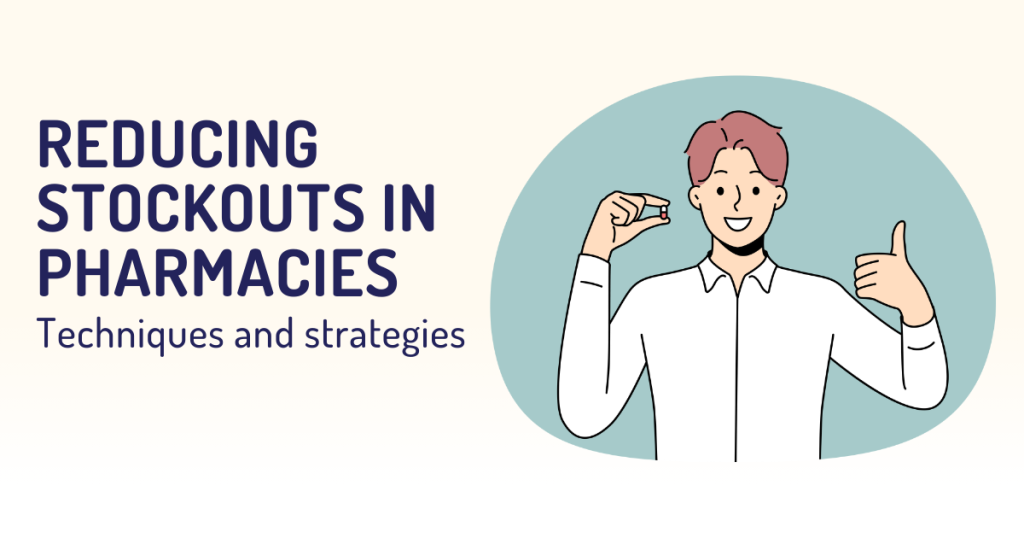
Innovative strategies to maintain optimal inventory levels
What is a stockout and why it matters for business
In the pharmaceutical sector, the availability of a medication is not just a logistical matter—it’s a matter of care. A stockout — the temporary unavailability of a product — has direct consequences on service quality, operational costs, and customer trust.
When a product is missing, pharmacies experience losses not only in sales but also in reputation and therapeutic continuity. Patients may turn to competitors, settle for less effective alternatives, or even abandon treatment altogether. This is why reducing pharmacy stockouts has become a strategic priority.
In hospital settings, the implications are even greater. A stockout can disrupt care delivery, delay treatment, or increase pressure on medical staff. Each stockout is more than a supply issue—it’s a critical breakdown in the broader healthcare system.
Techniques to reduce stockouts
In recent years, intelligent technologies have revolutionized pharmaceutical inventory management. We’re no longer talking about just ERP systems or automated reordering, but predictive algorithms and AI that learn from data and propose real-time improvements.
A proactive approach anticipates stockouts, shifting from “reorder when it’s out” to “prevent the shortage altogether.” At the heart of this evolution is pharmacy inventory optimization: the ability to maintain the right level of products, at the right time, in the right place.
It involves analyzing historical demand with internal and external data, seasonality, promotional impacts, public health campaigns, and regulatory changes. The goal is twofold: reduce excess inventory that ties up capital and shelf space, while preventing medicine shortages for essential products.
This is supported by increasingly specialized pharmaceutical warehouse management software, which integrates logistics, commercial strategies, and daily pharmacy operations.
Success stories from hospitals and pharmacies
A concrete example of this transformation comes from Area Vasta Emilia Nord (AVEN), a public health network in Northern Italy comprising six healthcare providers. Managing over 15,000 products across hospitals and assisted living facilities, AVEN partnered with Profiter to bring innovation and digital intelligence to its logistics.
The project focused on deploying a predictive demand system powered by AI. Starting with 84 high-rotation, then increased with more products, high-cost products, five years of historical data were analyzed to build adaptive models. The impact was clear:
- 12% reduction in stockouts
- 17% drop in average inventory levels
- complete elimination of urgent, unscheduled orders
Beyond the numbers, the real value lies in better planning, reduced staff workload, and more consistent drug availability. This is a benchmark example of stockout reduction technologies at scale.
Similar solutions are being tested in pharmacy chains, where real-time integration of sell-out data, promotions, and logistics enables custom reordering thresholds for each location. The goal is a tailored stock management strategy built around patient needs and operational efficiency.
Conclusions and practical advice
Preventing medicine shortages is no longer theoretical—it’s achievable. But it requires method, technology, and a clear vision.
Pharmacies aiming to reduce stockouts need to start with data: collect it, clean it, structure it. Use it to understand past trends and inform future decisions. Then choose tools that transform these insights into action.
Advanced pharmaceutical inventory management enables not just faster reactions but also increasingly accurate, adaptive forecasts. The cultural shift lies here: stop managing emergencies, start designing reliability.
Ultimately, reducing pharmacy stockouts isn’t just a technical goal. It’s a strategic advantage, a process of continuous improvement, and an investment that pays back in service quality, operational excellence, and customer satisfaction.
.
